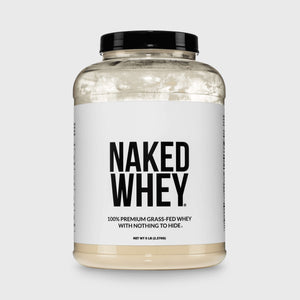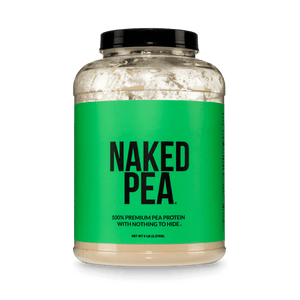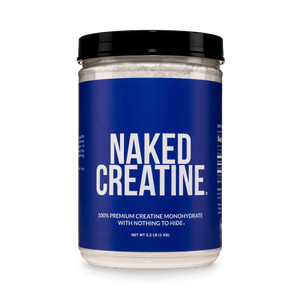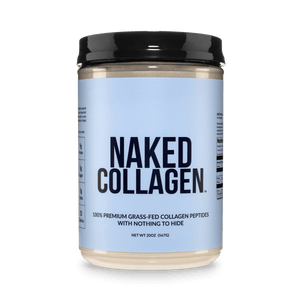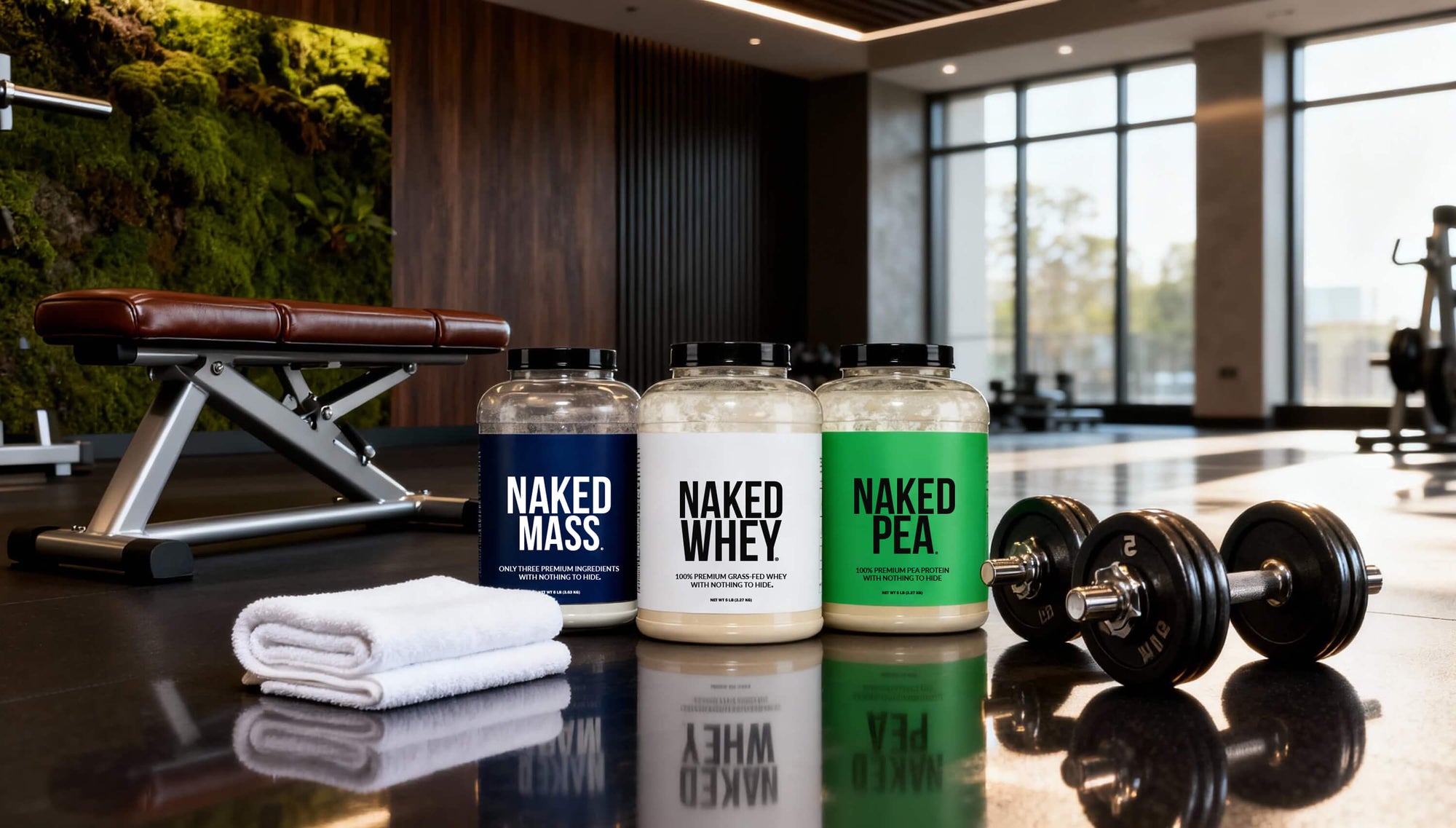Many new lifters hit a wall after a little while. You might have strong early results, possibly following a beginner program like Starting Strength, but eventually the progress you see from these beginner-friendly routines slows down.
The Texas Method offers a way to build on that early progress, for those who are still relative novices, with a goal of developing into serious lifters. Keep reading to learn how it works, and whether the Texas Method is for you.
What is the Texas Method?
The Texas Method is a three day strength training program, made for intermediate lifters who have graduated from the beginner stages, but are not yet ready for an advanced lifting program.
Originally popularized by coach Mark Rippetoe (who created the Starting Strength program), the Texas Method focuses on three pillars:
-
Building work capacity
-
Promoting recovery
-
Maximizing strength gains
It has stood the test of time as the next step following Starting Strength, as an effective and efficient way to both improve lifting ability and add muscle mass at a consistent pace.
How to Do the Texas Method
Instead of increasing weights from session to session, the Texas Method structures progress across a full week, with three distinct sessions per week (Monday-Wednesday-Friday for example).
These sessions balance heavy workload, lighter recovery, and maximum intensity in a simple but highly effective cycle.
Day One: Volume Day
The first session is dedicated to a high volume of work at moderate to heavy loads, for three compound lifts.
You’ll usually do squats, bench press or overhead press, and deadlifts, all at 80-90% of your 5-rep max (i.e. 10-20% less than what it would be if you did five reps to failure).
For the first two (squats and your press exercise), do five sets of five reps. Then for deadlift, do one set of five.
Day Two: Recovery Day
The middle day is a lighter day, with lighter weights and fewer sets.
You’ll work similar areas of the body, but slightly different exercises.
-
Squats (two sets of five reps, at 80% of the weight you did on day one)
-
Overhead press or bench press (the opposite of what you chose for day one. Three sets of five, a little lighter than day one)
-
Chin ups (three sets to failure)
-
Back extensions or glute-ham raises (five sets of 10)
The idea of recovery day is to focus on technique, and getting some work in without introducing a significant amount of new fatigue.
Day Three: Intensity Day
On day three, you go heavy: aiming to set a new 5-rep max (5RM).
You’ll do squats, bench press or overhead press (the same as you chose for day one), and power cleans to finish.
With the first two exercises, do some warm up sets, progressively building up until your final set, where you’ll aim to beat your previous 5RM (ideally by 5-10 pounds).
Finally you’ll do power cleans (you could substitute for power snatch) for five sets of three (or six sets of two for snatch).
Potential Benefits of the Texas Method

Why do lifters swear by the Texas Method? Here are a few reasons.
Efficient Weekly Progression
Beginners recover quickly and can adapt rapidly. However, as lifters advance, recovery between sessions becomes more challenging, increasing fatigue and slowing gains.
The Texas Method recognizes this by structuring progress weekly, not daily. Volume early in the week stimulates growth and strength adaptations, the mid-week session is basically active recovery, and the heavy lifting day at the end of the week consolidates these gains into actual improvements in performance.
This structure respects the slower recovery rates and greater stress requirements of intermediate lifters, allowing for sustainable, measurable strength increases without overwhelming fatigue.
Volume-Intensity Separation
By deliberately separating high-volume work from high-intensity efforts, the Texas Method targets two critical adaptation pathways.
Volume work on Monday drives muscular hypertrophy and work capacity, improving the "engine" for strength.
Intensity work on Friday enhances neuromuscular efficiency, coordination, and maximal force output.
This dual approach reflects modern, science-backed strength training principles, which identify volume as a key driver of hypertrophy and intensity as key for strength development.
Simple and Scalable
The Texas Method revolves around core barbell lifts (squat, deadlift, bench press, and overhead press), movements that have proven to be the most efficient for developing total-body strength.
Because of its minimalist structure, the program is easy to understand, simple to track, and highly adaptable (it’s easy to tweak the structure if needed).
Strong Emphasis on Recovery

The strategic placement of a lighter day mid-week is a key differentiator from many less-effective programs.
Rather than just looking at it like “more is better”, the Texas Method recognizes that recovery is just as important as your actual lifts.
The “Recovery Day” acts as a physiological and psychological reset, allowing lifters to train harder and more consistently over the long term, and giving the body the time it needs to properly recover between major lifts.
Possible Downsides of the Texas Method

Like any training program, the Texas Method is not a magical, universally applicable routine. There are some downsides, or reasons it won’t work out for some. Let’s take a look at this side now.
Volume Day Fatigue
Over time, the first days’ sessions can become extremely taxing, sometimes leading to burnout or overtraining if not careful.
As such, you may need to periodically reduce the number of sets or introduce lighter weeks, or simply be very careful about not trying to push your jumps in 5RM too far.
Rigorous Recovery Demands
To succeed with the Texas Method, recovery (sleep, nutrition, and stress management) is crucial.
If you don’t take recovery seriously outside of the gym, you’ll almost certainly struggle to keep up.
Limited Exercise Variety
The basic Texas Method may feel repetitive or overly rigid.
Performing the same barbell lifts week after week with minor variation can lead to mental burnout and reduced engagement for some people.
While minimalism is a strength of the program, lifters who get bored easily may find it hard to stick to the regular schedule.
Not Universally Applicable
The Texas Method is primarily designed for people who want to build conventional lifting strength, setting and improving personal bests in the major barbell lifts (deadlift, bench press, squat).
As such, it may not align perfectly with your goals if you're focused on endurance, athletic conditioning, or pure hypertrophy.
If you’re in the gym to lose weight, to train for sports performance, or purely for aesthetics, it might not be the optimal approach.
How to Tweak the Texas Method for Different Goals

One thing that’s great about the Texas Method is that it’s easy enough to change it up a bit if you have slightly different goals.
Here are some variations you could go with:
For More Hypertrophy (Muscle Growth)
Add extra exercises like rows, dips, curls, and lunges. Use moderate rep ranges (8–12 reps) on accessory movements, and occasionally turn Intensity Day into a higher-rep effort instead of a pure 5-rep max. Note that you may need to reduce weight slightly on Volume and Intensity days.
For Powerlifting Competition Prep
Adjust the intensity work toward triples, doubles, or heavy singles closer to competition. Incorporate variations like paused squats or deficit deadlifts to address specific technical weaknesses.
For Better Fatigue Management
Reduce Monday’s workload to 4x5 or even 3x5 after a few months. Insert deload weeks every 4-6 weeks where you scale back overall volume and intensity by 20-30%.
For General Health and Fitness
Blend in moderate cardio sessions, like cycling or running, on off days. Slightly lower the first day’s workload and keep day three’s sessions challenging, but not maximal, to ensure you can keep up.
Is the Texas Method Worth Doing?

For intermediate lifters serious about getting stronger and continuing to set new PBs, the Texas Method is one of the most effective and time-tested programs available.
It’s a great mix between the progressive overload you need to improve, as well as the recovery you need with a serious lifting schedule.
It’s not perfect if you’re not necessarily looking to increase your bench/squat/deadlift numbers – but you can still take the principles and tweak them to your needs, creating a workout program that works for you.
